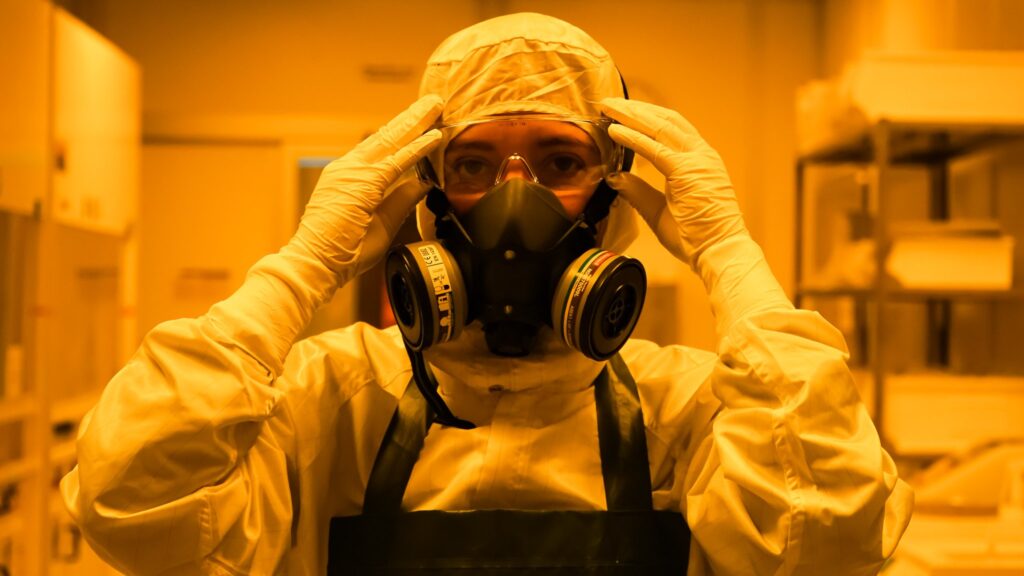Yesterday, Braga, Portugal, played host to a pivotal event in the field of neuromorphic computing, attracting a diverse array of 100 participants. The gathering, which brought together representatives from ten ongoing European research projects on neuromorphic computing alongside two leading companies in the field, aimed to foster collaboration and innovation. At the core of the event was the mission to bridge the gap between scientifically sound technologies and practical innovation in neuromorphic computing. By merging discussions on technologies at different stages of maturity, organizers sought to identify common approaches and best practices for advancing these technologies in Europe. Key topics of discussion included exploring available tools and addressing challenges that artificial neural networks and systems face within the realm of neuromorphic computing. Representative examples from participating projects covered a spectrum of neuromorphic approaches, including electronics, spintronics, photonics, and other emerging materials often integrated with CMOS technology. These cutting-edge technologies find applications across various domains, including computer vision, edge AI, sensing, computing, high-frequency data processing, deep learning, security applications, and signal regeneration. Beyond formal sessions, participants engaged in informal discussions during a social dinner, fostering networking opportunities and collaboration beyond the confines of structured meetings. The event not only provided a […]
Read more


